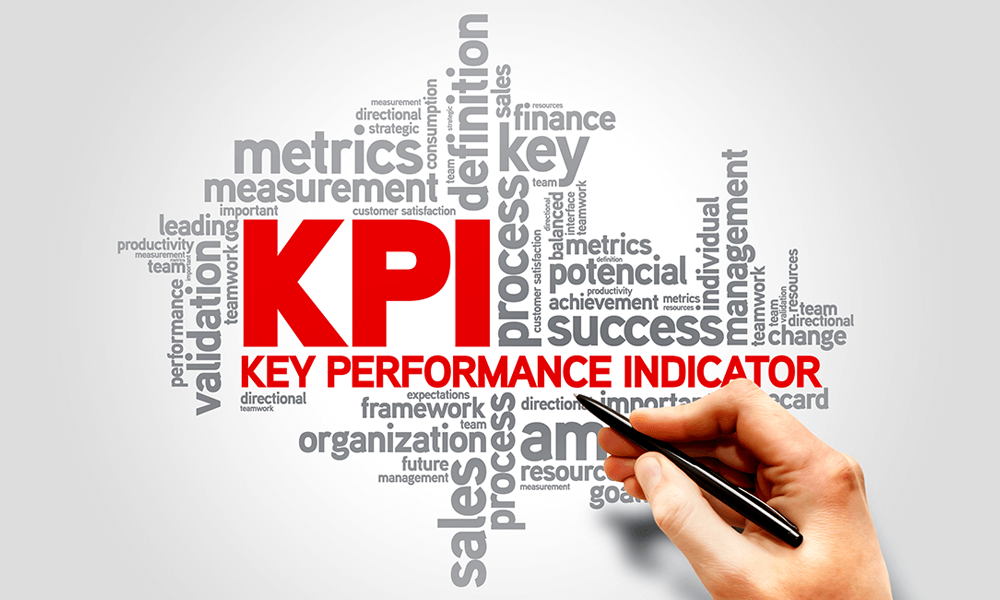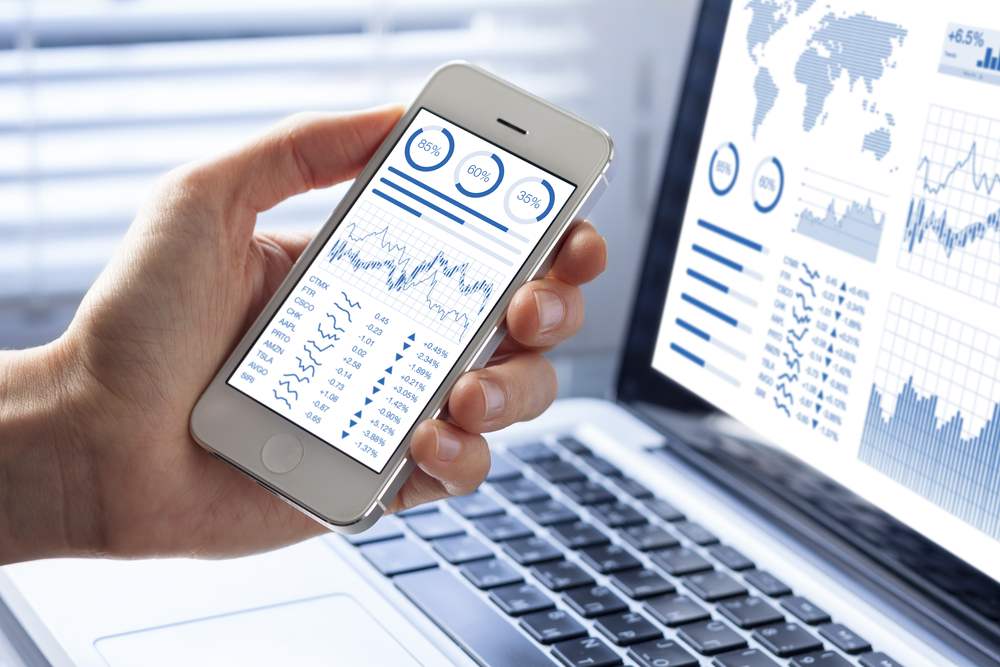Statista predicts that the number of social media users will reach 3.02 billion by 2021. Therefore, not using these channels to connect with your audience may hurt your branding efforts on multiple levels. However, as the number of your competitors investing in social media marketing (SMM) keeps growing, just creating a Facebook, Instagram, or Twitter account for your business is not enough.
To rise above your rivals and improve your customer relationships, you need to set the right SMM metrics and track them regularly.
What are KPIs and why are They Important?

Do you know which social media marketing practices bring you the highest ROI? Statistics show that 90% of marketers don’t know what their most profitable SMM tactics are. This probably means that they either rely on the wrong KPIs or don’t track any KPIs at all.
Your social media KPIs (key performance indicators) are basically the values you set to monitor the performance of your campaigns. Focusing on engagement, conversions, and branding efforts, these metrics help you make wiser decisions, refine your tactics, and improve your ROI significantly.
Now, if you’ve hired a digital marketing agency to handle your social media campaigns, you’re golden. In this case, digital marketing professionals will track the right KPIs for you and build your campaign around the results they get. However, if you’re building your SMM campaign all by yourself, measuring its performance may be overwhelming for you. As there are numerous metrics to track, you first need to learn how to choose the ones that really matter.
This is the basis on which you will further build your success in the overcrowded social media landscape.
Brand-Related Metrics
When building your social media marketing campaign, your goal is to raise brand awareness and connect with the right people on a personal level. This is why you need to track brand-related KPIs, as they help you understand how strong your brand is.
1. Brand Awareness
Brand awareness tells you how many people know about you. To measure it, you first need to determine the timeframe within which you want to measure your brand awareness and determine the brand awareness metrics to track (mentions, shares, etc.) This is where social media monitoring tools can help you, as they let you find both @direct and indirect brand mentions.
2. The Reach of your Posts
This KPI shows how many users have seen your piece of content since it was published. As such, it heavily depends on the relevance of your post, as well as when it was published.
How to measure: (the reach of a post/the number of your followers) x 100
3. The Growth of your Following
This KPI tells you at what speed your follower base expands on social networks. It doesn’t focus on how many followers you attracted within a certain timeframe, but on how quickly you gained them.
How to measure: (net new followers/the total number of followers) x 100
Engagement Metrics

Relying on your brand reach is not enough. Having thousands of followers is purposeless if they don’t communicate with the content you share. To measure the true impact of your campaigns, you need to track your target audience’s engagement, too.
By engagement, many marketers mean likes, shares, and comments. However, these are vanity metrics that make you feel special about the performance of your posts but tell you nothing about how your followers engage with them. This is why you need to put them in a broader context by combining them with the following KPIs:
1. Applause Rate
Likes are important because they indicate how many of your followers have seen your post and liked it. However, monitoring the number of likes doesn’t tell you much about people’s engagement with your content. This is why you need to keep monitoring your applause rate that shows what percentage of your followers considers your posts relevant.
How to measure: (the number of likes per post/the total number of followers) x 100
2. Amplification Rate
Your social media shares tell you how many people consider your content valuable enough to share it with their network. However, what if one post performs significantly better than the other? What you can you conclude from these numbers, except that one is more popular? You’re right, nothing. This is why you need to track the amplification rate or the average number of shares per social media post.
How to measure: (the number of shares per post/the total number of followers) x 100
3. Virality Rate
What is better- a post with 15,000 likes but poor virality rate or a post with fewer likes but a higher virality rate? The latter one, of course. Precisely because of that, you need to measure the virality rate. This metric shows you the number of users that shared your post, compared to the number of its unique views.
How to measure: (the number of shares/ the number of impressions) x 100
Conversion Metrics

Calculating the engagement metrics is only half the equation. The other half is to understand how many of your followers are eager to convert. This is what conversion metrics are for. They are critical for the performance of your campaign, as they directly indicate the effectiveness of your social media engagement.
4. Social Media Conversion Rate
This metric represents the total number of conversions arriving from social networks. It helps you understand the effectiveness of your posts and see how well your social media content resonates with your target audience.
How to measure: (social media conversions/the total sum of conversions) x 100
5. Click-Through Rate
The click-through rate (CTR) shows you how often users hit the CTA link in your posts. Similarly to other conversion metrics, its goal is to show you whether you’re targeting the right audiences and whether your posts resonate with them.
How to measure: (the number of clicks on a post/ the number of impressions) x 100
6. Bounce Rate
Calculating the CTR alone is not enough. You need to know what happens once a user lands on the page. And, this is where your bounce rate steps in. The bounce rate represents the percentage of visitors that click on the link in your social media post, land on the page, and leave it immediately, before taking any further action. If your social media bounce rates are high, this only means that you’re either targeting the wrong audience or that your landing page doesn’t meet their expectations.
How to measure: This is where Google Analytics can help. Choose Channels> All Traffic> Bounce Rate and the tool will rank your digital marketing channels by their bounce rate.
Over to You
Boosting your presence in the competitive social media sphere doesn’t happen overnight. To succeed, you need to choose the right metrics and track them regularly to measure the performance of your strategy. This will help you make wiser decisions and take your strategy to the next level.
What social media marketing KPIs do you track?

